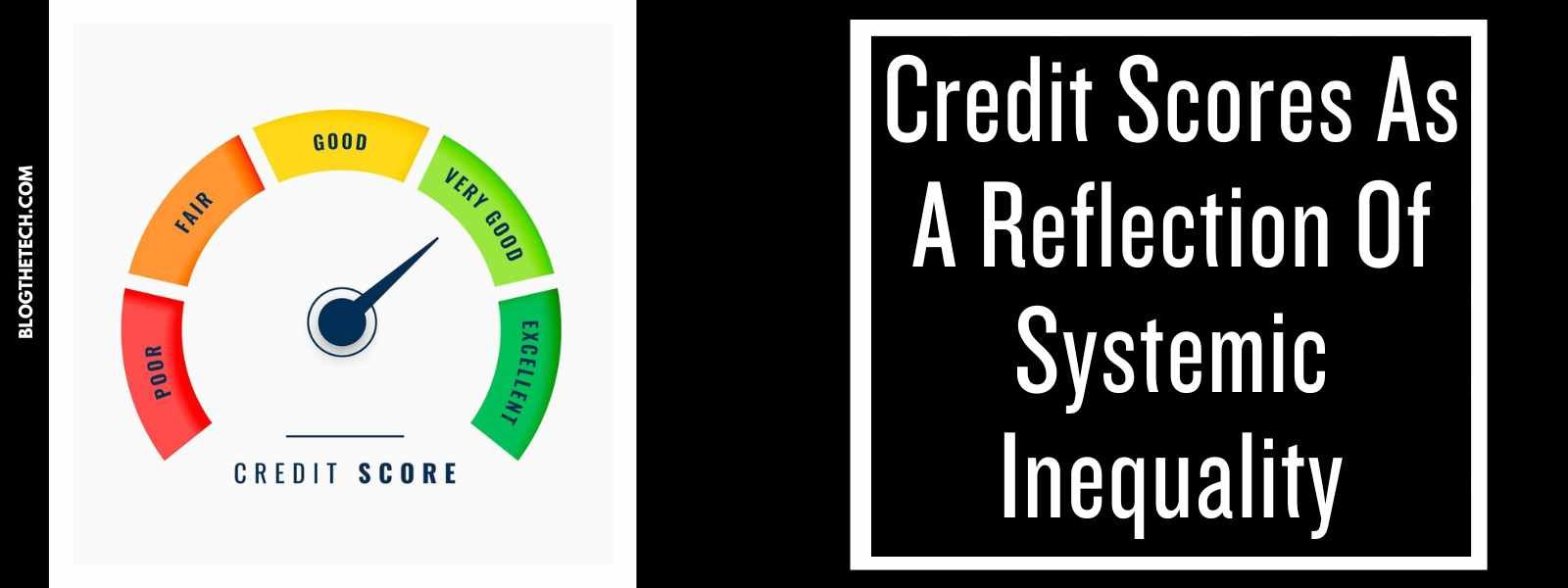We all enjoy treating ourselves every now and then, whether it’s grabbing dinner at a favorite restaurant or binge-watching the latest shows with the help of subscription services. There’s nothing wrong with spending money on the things you like, but the key is balance. If you’re not careful, these little indulgences can quickly become a trap that takes away from the money you need for essentials or for reaching your financial goals. If you’re finding yourself constantly running out of cash for necessities, it might be time to reassess your spending habits.
1. The Subtle Danger of Overspending
It starts innocently enough. You’re hungry, so you grab takeout, or maybe you’ve had a long day and decide to sign up for a new streaming service to unwind. Then, as time passes, you find that eating out has become a habit, and those monthly subscription fees are now stacking up. Before you realize it, you’re spending more on convenience and entertainment than you realize, which begins to deplete the funds you could use for bill payment, future savings, or investment in your goals.
The problem is that overspending can sneak up on you. It doesn’t happen in one big wave—it’s a series of small, seemingly harmless decisions. Sure, grabbing lunch at a café every day doesn’t seem like much, but when you add it up over time, it can become a significant drain on your budget. If you’ve found yourself in a position where your spending is out of control and you’re feeling stressed about money, seeking Michigan debt relief options might be an important step toward regaining control. But more importantly, understanding where your money is going—and how to make smarter choices moving forward—is the key to breaking the cycle of overspending.
2. Needs vs. Wants: Drawing the Line
It’s crucial to distinguish clearly between your needs and your wants. Needs are things like rent, utilities, and groceries—things you can’t live without. Wants, on the other hand, are the luxuries or conveniences that make life more enjoyable but aren’t absolutely necessary. The challenge comes when we mix the two or, worse, prioritize wants over needs.
Here’s a simple exercise: Take a week or two and track all of your spending. Make a note of everything—eating out, subscriptions, impulse purchases, and any other expenses that aren’t strictly necessary. You might be surprised by how much you’re spending on things that fall under the “want” category. By identifying these expenses, you can begin to see where you’re overspending, which can help you shift your focus back to what’s truly important.
3. Budgeting: The Key to Controlling Overspending
A budget isn’t just a financial tool—it’s a way to set boundaries for your spending. Without a budget, it’s easy to justify splurging on small purchases here and there. But with a clear understanding of how much money you have to spend each month, you can make smarter decisions and ensure you’re allocating money to the things that matter most.
When creating a budget, start by listing your monthly income and all of your fixed expenses—things like rent, utilities, and insurance. Once those are covered, determine how much money you can allocate toward savings, debt repayment, and other important financial goals. Whatever is left over can be spent on wants like dining out, entertainment, and shopping, but there should be a limit. A good rule of thumb is the 50/30/20 rule: 50% of your income goes toward needs, 30% to wants, and 20% to savings or debt repayment. This method helps keep things in check so you’re not spending more than you can afford.
4. The Power of Delayed Gratification
One of the main reasons we fall into the trap of overspending is the desire for instant gratification. We see something we want, and we buy it right away, without thinking about how it might affect our budget or financial goals. The trick to avoiding overspending is practicing delayed gratification. This means resisting the urge to make purchases on a whim and instead taking time to think about whether the item or service is truly worth the expense.
If you’re eyeing something expensive, give yourself a cooling-off period. Wait a day or two before buying it, and during that time, think about whether it’s something you genuinely need or if it’s just a passing desire. More often than not, you’ll find that the urge to purchase fades after a little time. This simple strategy can help you avoid impulse purchases that contribute to overspending and put you on a better path toward managing your finances.
5. The Hidden Cost of Subscription Services
Subscription services are one of the most common culprits of overspending. Whether it’s a monthly subscription for streaming, fitness, or meal delivery, the charges are often small and can easily be overlooked. However, these charges can quickly add up over time, and you may end up paying for several subscriptions that you don’t even use regularly.
To avoid the trap of subscription overspending, start by reviewing all your subscriptions and evaluating whether you actually use them. Do you really need three different streaming services? Are you getting your money’s worth from that meal kit delivery? If not, consider canceling the ones you don’t use or downgrading to more basic plans. Many subscriptions also offer family or group plans, which can help you share the costs with others, making it more affordable.
6. Mindful Spending: Making Every Dollar Count
Becoming more mindful of your spending is one of the best ways to avoid overspending. Instead of spending mindlessly, take a moment to think about each purchase before you make it. Ask yourself: Is this something I truly need? Is it within my budget? How will this impact my financial goals?
Mindful spending doesn’t mean you can’t treat yourself—it just means being intentional about how you spend your money. By taking the time to reflect on your purchases, you’ll find that you make more thoughtful decisions and avoid wasting money on things that don’t align with your values or goals.
7. Building Better Financial Habits
Ultimately, avoiding overspending is all about building better financial habits. This includes creating a budget, practicing delayed gratification, and being more mindful about how and where you spend your money. Over time, these habits will help you break free from the trap of overspending and allow you to focus on the things that matter most—whether it’s saving for the future, paying down debt, or enjoying life without financial stress.
If you’ve been struggling with overspending and finding it hard to break the cycle, it’s okay to ask for help. Seeking advice from a financial expert or exploring options like Michigan debt relief can provide valuable insights and tools for regaining control of your finances. But the real power to change comes from within—by making small adjustments today, you can build a stronger, more secure financial future.





